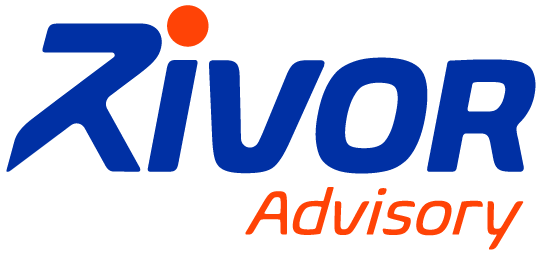

Academic Quality Model
A framework designed to help universities and tertiary institutions understand and improve the quality of their academic programs and student outcomes.


A model of clarity
Our Academic Quality model maps the activities and processes within a tertiary institution to demonstrate how they contribute to academic excellence and student success. In doing so, it makes it easier for higher education leaders to identify areas that are functioning well and those that require improvement.
Our advisors assess your existing strategies and approaches to ensure we have clarity about your academic quality goals and objectives.
By conducting an analysis, our advisors help identify areas that are not meeting desired standards and where improvement is required.
The model helps organise and visualise the activities, processes, and factors that contribute to academic quality, providing a clear overview of operations.
By mapping the contributing factors, the model makes it easier to spot gaps in the institution’s strategy, performance, and adherence to standards and regulations.
Based on the identified gaps, the institution can develop a comprehensive plan to address and rectify those issues
in a sustainable manner.Once the improvement plan is implemented, continuous monitoring of progress ensures the desired outcomes are achieved and sustained over time.
Applications
The Rivor Academic Quality Model is a systematic approach to enhancing
academic quality, fostering positive student experiences, and ultimately contributing to the long-term success of the educational institution.
By identifying where academic quality is thriving and where it needs improvement, the tertiary institution can allocate its resources more effectively. This ensures that resources are directed towards areas that need the most support, ultimately enhancing the overall quality of education.
Improving academic quality can lead to better ratings and evaluations from external bodies, such as accrediting agencies. This, in turn, enhances the tertiary institution’s reputation and attractiveness to prospective students.
Many educational institutions must meet specific accreditation standards to maintain their status. The Academic Quality Model assists in meeting or even exceeding these requirements, ensuring continued funding and support.
By consistently delivering high academic quality and positive student outcomes, a tertiary institution gains a competitive edge over other educational providers. This can lead to increased demand and enrolment, further strengthening its position in the market.
Project Snapshots
Workforce Planning
Healthcare
Implemented a comprehensive workforce planning platform for a healthcare organisation, integrating data analytics and AI-driven forecasting. Streamlined staff allocation, reduced overtime costs, and optimised scheduling. Enhanced patient care by ensuring adequate staffing levels. Realized 15% operational cost reduction and 20% increase in staff productivity.
Workforce Planning
Professional Services
Executed a tailored workforce planning platform for a professional service firm, leveraging advanced resource allocation algorithms and cloud-based collaboration tools. Enhanced project management efficiency, enabling seamless resource matching and skill-based deployment. Achieved 25% reduction in project delivery time and 30% increase in client satisfaction.
Workforce Planning
Local Government
Implemented a robust workforce planning platform for a local government body, integrating data-driven insights and automated scheduling tools. Streamlined resource allocation across departments, leading to improved service delivery and efficient response to community needs. Realised a 20% reduction in administrative overheads and 15% increase in community satisfaction.

